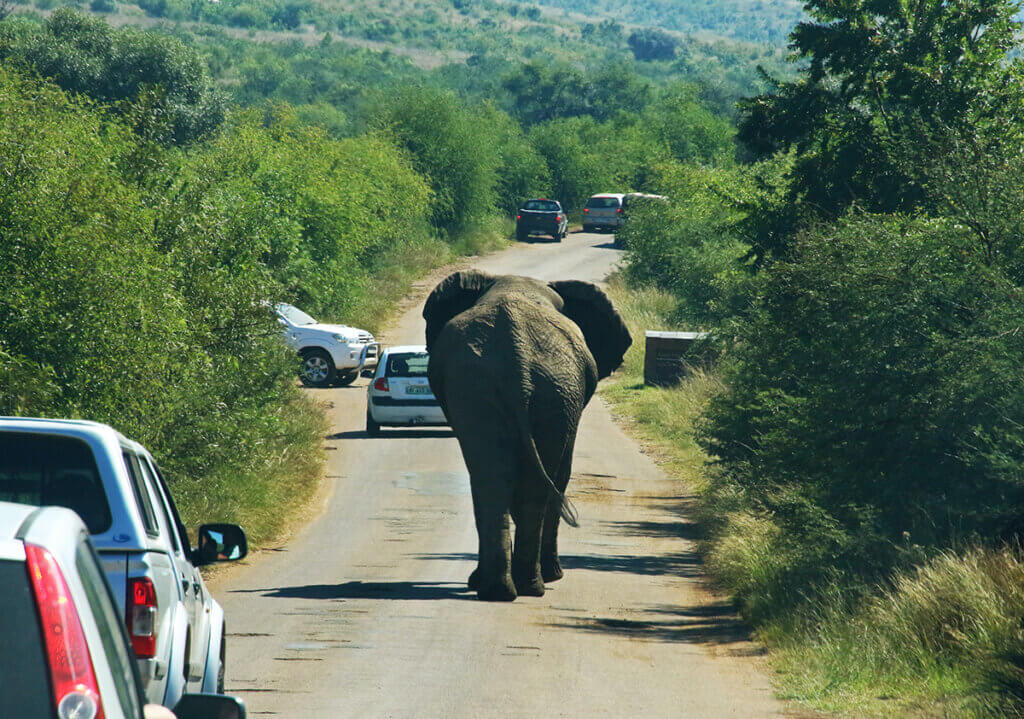
At Castle Hill Fitness, we focus on health as a whole, not just physical fitness. Well-rounded healthy living includes a nutritious and balanced diet. Like with exercise, it requires commitment, thought, and a little bit of help. March is National Nutrition Month, and we’re excited to dive deeper this month into the importance of a healthy eating plan. In this blog post, Personal Trainer and Health Coach, Tara Penawell, advises on how to shape your path for success.
Old Habits vs. The New
Eating well is an integral part of living our best lives because it strongly affects how our body feels and functions. With a healthy diet, you can improve your energy, skin health, and immunity, reduce inflammation, and feel good. Yet, meeting the goals we’ve set for ourselves can sometimes be challenging when it comes to eating. For example, we may want to cook more often, eat more vegetables, drink more water, or control nighttime snacking.
When we try to change, we might feel as if we are two different minds. We struggle between our old habits and new goals. A little extra stress, fatigue, or a hard day can revert change send us back to what feels “normal”.
A Rider and an Elephant
One of my favorite books about behavioral change is ‘Switch: How to Change Things When Change is Hard‘ by Dan and Chip Heath. This book details the dance of tension between our rational and emotional mind. It uses the helpful analogy of a rider sitting atop an elephant trying to direct it along a path. The rider represents our rational side, the elephant represents our emotional side, and the path they travel along is the external environment.
The rider is the “thinking’ part of our brain that tends to overanalyze and overthink things. He doesn’t do well with ambiguity and is always trying to solve problems. He’s easily exhausted. The rider tries to control the elephant and direct it along the path, but he is much smaller. When they disagree, the elephant tends to win. This could manifest in our lives as oversleeping, overeating, eating out when you didn’t plan to, or skipping the gym.

Our emotional mind sure is cute!
However, the elephant isn’t a negative force in our lives. The elephant is the part of us that is fiercely loyal, passionate, and has the long-term energy required for change. Yet, the elephant is driven by survival instincts, instant gratification, and pleasure. It responds strongly to uncertainty, fear, and stress.
The key to lasting change is to get these two to work together. Most of the time when we try to change, we expend our energy on the rider and ignore the elephant and the path. Instead, we need to play to the strengths of each and remove obstacles. In short, we need to direct the rider, motivate the elephant, and shape your path.
Shape Your Path
As previously mentioned, the rider spends a lot of time solving problems and not necessarily focused on what is going well. One way to help the rider is to find bright spots and copy success. What is going well and how to do more of that? For example, if you’re eating more fruits or vegetables on a given day, why is that happening? Is it because they are already cut up, or you have more available, or were they cooked ahead of time? Whatever is working – double down on that!
Motivating the elephant is key to getting it to move well with the rider along the path. Since it is spooked easily by uncertainty and clings to old habits, a helpful way to motivate the elephant is by shrinking the change into smaller, easier-to-handle changes. Create milestones along the way to your goal so that it feels more achievable. For instance, if you want to prep all your meals for the week then start with just lunches, or just your lunches for three days. Once that becomes a habit, then tackle the next step.
Making the journey easier for your elephant and rider can have amazing results. We can tweak our environments to make desired behaviors easier and to discourage less desired behaviors. For example, eating meals on smaller plates is a well-researched way to eat smaller portions. We just do it naturally without trying, based purely on the size of the plate.
Another great example is the kitchen makeover. Evaluate your kitchen and consider what’s holding you back. If one of your goals is to cook more often, rearrange the flow of your kitchen to be more accessible for cooking. If you’re snacking a lot at night, move trigger foods onto a higher shelf so you don’t immediately see them when you open the cabinet. Grocery stores use this concept to sell all the time. Impulse buys like chocolates are put near the front of the store or next to the register.
Start Simple
So, this is when we get to put that rational brain to good use. How can we make things as easy as possible for our future selves? How can we reduce friction and make things more automatic?
In short, know that not every change requires you to have tons of willpower or to exhaust yourself. Sometimes, what seems like laziness or resistance to change is just being overwhelmed. Start with simple, small changes that are clearly leading to your bigger goals and, with time, they will become automatic habits that will create your new normal.

 Tara, a NSCA-certified personal trainer, has dedicated the better part of her life to health, fitness, and coaching techniques. She earned her Masters Degree in Kinesiology from UT in 2004, then a Precision Nutrition and ACE Certified Health Coach certification. Through a habits-based, holistic approach, Tara has successfully helped many clients lose inches, improve their health, feel great in their clothes, and age gracefully.
Tara, a NSCA-certified personal trainer, has dedicated the better part of her life to health, fitness, and coaching techniques. She earned her Masters Degree in Kinesiology from UT in 2004, then a Precision Nutrition and ACE Certified Health Coach certification. Through a habits-based, holistic approach, Tara has successfully helped many clients lose inches, improve their health, feel great in their clothes, and age gracefully.
Click here to connect with Tara and to schedule a free 30-minute Health Coaching Consult!